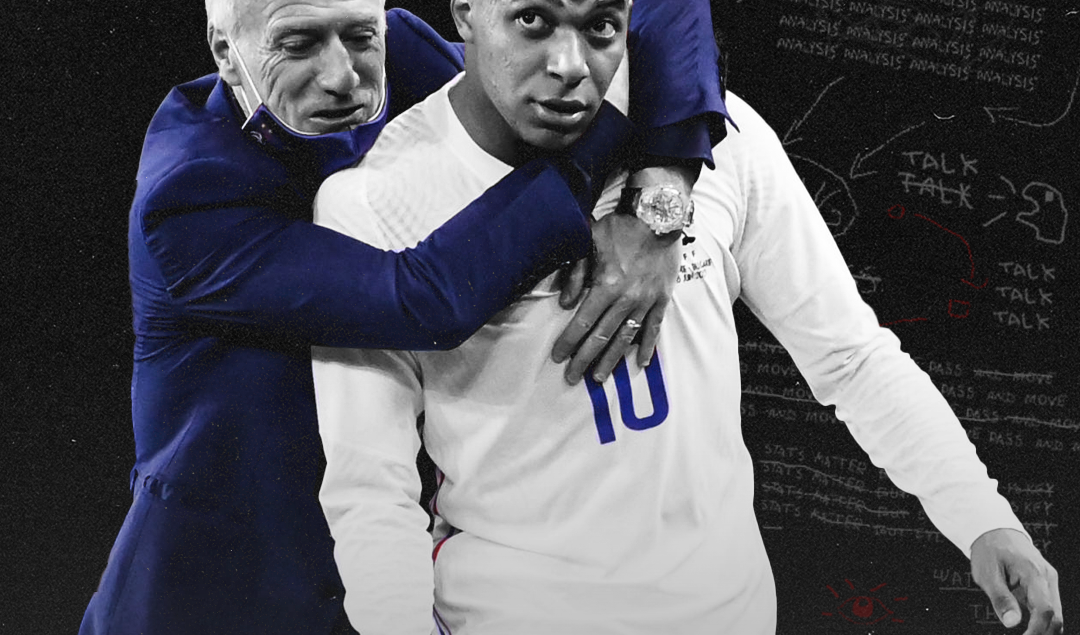Clairefontaine: The Secret to France’s Success?
Despite producing talented players like Just Fontaine and Raymond Kopa, France had reached the 1970s without any major trophies, in stark contrast to other big European nations, like Germany or Italy. To combat this perceived inferiority French football federation president Fernand Sastre started plans to create a bespoke academy in 1976.
Romanian manager Ștefan Kovács, who had won two European Cup trophies with the Total Football side of Ajax, was drafted in to lead the project, his inspiration coming from the Romanian communist training centers. After France picked up their first major trophy, the 1984 European Championship, the site of Clairefontaine-en-Yvelines near Paris was selected. Four years later the official unveiling and opening ceremony was held. Since then the Academy has produced the likes of Nicolas Anelka, Kylian Mbappe and Thierry Henry.
The academy is not limited to French players as many African national team players have graduated, as well as Raphael Guerreiro who stars for Portugal. The site itself is massive, stretching over 66,000 square meters with every conceivable facility imaginable present, from stadium pitches to tennis courts.
The size of the site has also enabled it to host the French national team in their title-winning campaign of 1998 and at the 2016 Euros. This has been credited with improving squad cohesion and keeping them away from the prying eyes of the paparazzi, who can affect and disrupt a team’s performances, as seen with England’s golden generation.
The Rise and Fall of Bernard Tapie’s Marseille: Part 1: L’homme d’affaires
Players who are at least 13 years old are selected to attend Clairefontaine and stay and train at the facilities from Monday through to Friday. Players are also required to meet educational criteria, attending nearby schools and high schools in Rambouilet, with the bill being footed entirely by the French Federation. The main success factor of the French approach is training their players to work in every conceivable system.
Whereas Spanish academies focus on their Tiki Taka style of play and the Germans prioritize team spirit and a Gegenpressing style, Clairefontaine has no specific style. Their ethos is to train their players to work in every team they might find themselves in. Therefore, its main principles are off-the-ball movement, weaker foot training, technical skills, link-up play and psychological aspects.
The Île-de-France region, considered the most productive in terms of footballing talent, is completely covered under the jurisdiction of Clairefontaine. On a national level, there are twelve other academies so that all regions of France, including Reunion and Guadeloupe are covered. With this approach, it seems that the French footballing revolution is here to stay and indeed thrive.
By: Eduard Holdis / @He_Ftbl
Featured Image: @GabFoligno / @GabFoligno / Franck Fife – AFP
